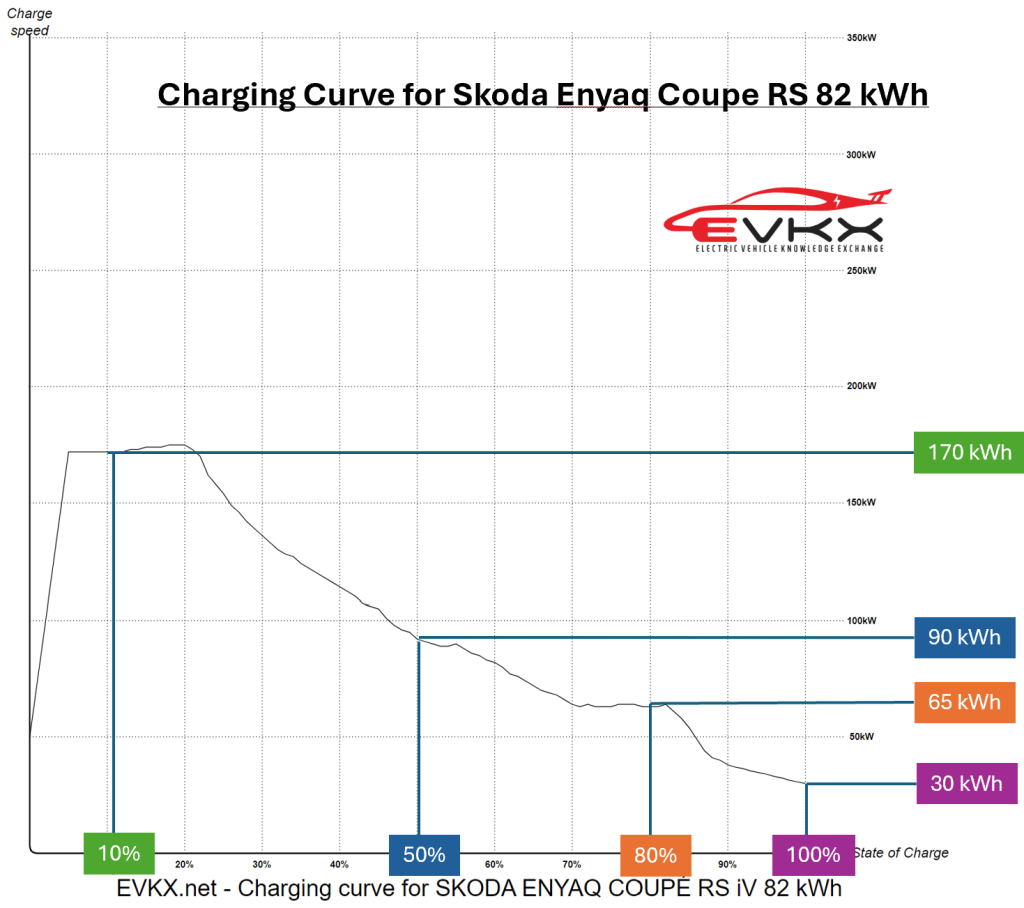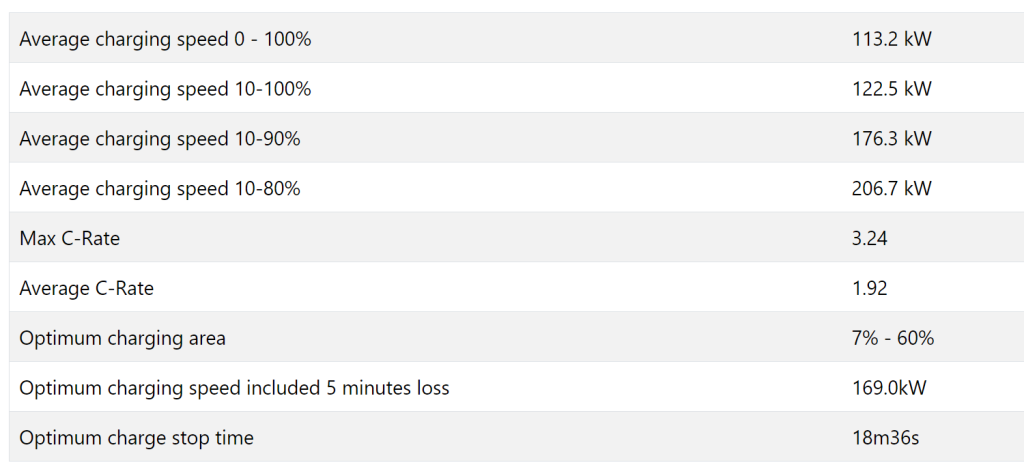DRAFT - WIP
This Weeks BEV Topic – How Much Time Will An EV REALLY Take To Charge?
Demystifying EV Charging Times: What Really Matters?
Ever wondered how long you’ll actually be waiting at a charging station with your new electric vehicle (EV)? Unlike filling up a gas tank, EV charging times depend on several factors. Let’s explore the key ones:
1. Power Delivery Dance: Charger vs. Car
Imagine a two-way street: the charging station delivers electrons (think electricity flow), and your EV absorbs them into its battery. The speed of this “dance” depends on:
- Charger Power: How fast can the station pump electrons? Measured in kilowatts (kW), higher kW equals faster charging.
- Car’s Charging Capacity: Not all EVs are created equal. Some can handle a higher kW influx than others, limiting the charging speed.
2. Reaching Your Destination Faster: Target Charge Level
Imagine filling your gas tank only halfway. Similarly, you might not need a full battery charge for every trip. Here’s how your target charge level impacts time:
- Target State of Charge (SOC): This is the percentage of battery capacity you aim for. Most EVs charge fastest from near empty to around 80%. Pushing beyond that often slows down significantly.
3. Weather’s Impact and Preconditioning Power
Just like us, batteries perform better in moderate temperatures. Extremes can slow things down:
- Weather Conditions: Hot or cold weather can affect charging speed. Some EVs offer preconditioning, which warms or cools the battery for optimal charging, even before you plug in.
Make an Informed Decision:
Here is a fantastic resource, www.EVKX.net
This website provides factual data on how charging speeds vary across different car models and battery percentages. Focusing on both range and charging speeds is crucial when choosing an EV.
The table below (insert a table comparing charging speeds of Tesla Model Y, Skoda Enyaq Coupe RS, and Xpeng G9 Performance) showcases these differences, helping you pick the EV that best suits your charging needs.
Additional Tips:
- Look for EVs with faster charging capabilities (higher kW) if frequent fast charging is important.
- Consider using apps that help you locate charging stations and estimate charging times based on your specific car and target charge level .e.g. A Better Route Planner or Ionity.
By understanding these factors, you can ditch the guesswork and make informed decisions about your EV charging experience.
1. Power Delivery Dance: Charger vs. Car
a. The Chargers maximum speed (max Kilowatts per Hour)
Not all chargers are made equal and come in a wide variety of speeds, typically;
5-20KWH Destination chargers: only suitable when you have a lot of time (when at home, sleeping or working) or you only need a small charge.
20-50KWH Fast chargers: when you need a small charge to get you home or to a rapid charger.
50-150KWH Rapid chargers: when you need a large charge but you car can only support these speeds.
150-350KWH Ultra Rapid Charging: when you need a lot of power quickly and your cars system can support it and the car can maintain high charging speeds (charging curve)
b. Your EVs “Charging Curve”
The speed at which the battery can accept electrons is not the same between 0%-100% full.
The general rule is that best charging happens between 5%-80% SOC, but again not all EV batteries are made equal. After an initial high level, many EVs charging speed drops rapidly and from 80% is extremely low.
By looking at the Charging Curve and data you can work determine the average time to charge in different scenarios. See Examples below.
2. What Level Of Charging Speed Your EV Can Maintain Combined With Your Target % State of Charge
Its probably obvious, but the more energy(KWH) that you need the longer it will take to charge.
However, charging speeds for all cars, vary depending on % State of Charge (SOC). At very low %SOC (<5%) and very high %SOC (>85%) the battery can only accept power at lower speeds.
To get the highest average speed KWH, normally you should charge between 10%-85%SOC.
Starting the charge at 5-15%, but not less, will give the highest start of charging speeds. Then your cars charging capabilities determine how quickly or slowly it will charge for the rest of the session.
Ending charging at 80%-85% will improve the average charging speed as charging above 85% is always at a much lower rate.
3. Weather Conditions & If Your EV Can Pre Condition The Battery
Most have heard that batteries do not like being too Cold <10c or too Warm >30c. Both extremes slow the charging process, i.e. reducing the KWH accepted by the car.
Most modern EVs overcome this by Pre-Conditioning the battery before you arrive at the charger to ensure that you can receive the max KWH possible.

Tesla Model Y Performance



Lorem ipsum dolor sit amet, consectetur adipiscing elit. Ut elit tellus, luctus nec ullamcorper mattis, pulvinar dapibus leo.
Skoda Enyaq Coupe RS IV



Lorem ipsum dolor sit amet, consectetur adipiscing elit. Ut elit tellus, luctus nec ullamcorper mattis, pulvinar dapibus leo.
Xpeng G9 Performance



Lorem ipsum dolor sit amet, consectetur adipiscing elit. Ut elit tellus, luctus nec ullamcorper mattis, pulvinar dapibus leo.
comparison between Tesla Model Y, Skoda Enyaq Coupe RS and Xpeng G9 Performance.

4. Your Cars “Charging Curve”
Although the general rule is that best charging happens between 5%-85%SOC, not all EV batteries are made equal.
: (The particular EVs Charging Curve)
The actual KWH that can be loaded at each % in the curve varies greatly with each make of car. EVKX have data on all EVs showing the Charging Curves and give Average charging speeds for 0%-100%, 10%-100%, 10%-90% and 10%-80% .
Using this information you can see the average KWH achievable and work out how long you will need to spend charging different makes of car.
Timings of how quickly each car can charge betwee (See example Charging Curves) and go to EVKX.net if your car is not here).
Most have heard that batteries do not like being too Cold <10c or too Warm >30c. Both extremes slow the charging process, i.e. reducing the KWH accepted by the car.
Most modern EVs overcome this by Pre-Conditioning the battery before you arrive at the charger to ensure that you can receive the max KWH possible.

